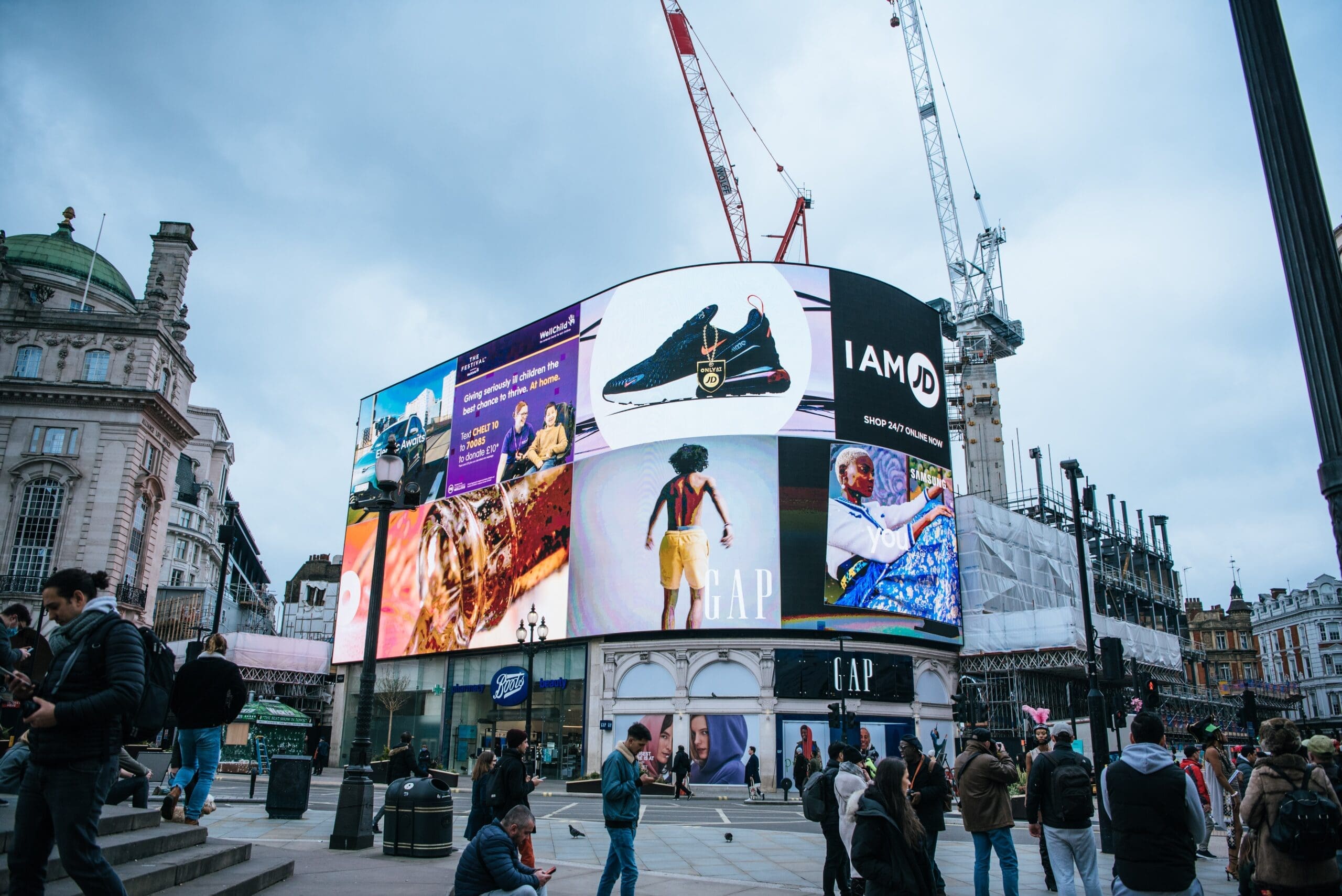Pros and Cons of Traditional Advertising

Traditional advertising should be treated like any other marketing channel — as a piece of a larger, integrated whole.
It’s essential to have a clear understanding of the value and limitations of each medium to develop an effective marketing strategy.
Pro: Scalability and Beyond
While digital advertising has the potential to reach vast audiences, it grapples with a pervasive challenge known as “banner blindness.” This phenomenon occurs when online ads become so ubiquitous that viewers no longer retain or even acknowledge them. Traditional media doesn’t contend with this issue in the same way.
Recent studies, such as the 2023 Advanced Television research, reveal that TV ads are remembered at twice the rate of their digital counterparts. While scaling up digital ads eventually encounters diminishing returns, traditional media offers a more significant potential reach.
Pro: Accessibility and Targeted Reach
Consider your target audience’s demographics when choosing your advertising medium. Approximately 90 percent of adults regularly use the internet, but delving deeper into demographic data reveals varying internet usage patterns. For instance:
More than 65 percent of individuals aged 65 and above use the Internet.
Only 54 percent of households earning under $30,000 per year have home broadband.
Approximately 63 percent of rural Americans have access to broadband internet.
A quarter of Black and Hispanic Americans lack home broadband but own smartphones.
Depending on your specific market segment, a traditional advertising approach may outperform online strategies significantly.
Pro: Outbound Approach for Inbound Success
Traditional advertising predominantly follows an outbound marketing strategy. It places your messaging in front of audiences who may not have encountered your brand otherwise. This initial exposure can pique interest and contribute to the brand awareness necessary for a successful inbound marketing strategy.
Pro/Con: Geo-Targeting in a Digital Age
Many traditional advertising methods are location-specific, such as radio broadcasts, TV shows in specific markets, or out-of-home placements. For businesses with a localized focus, this can be highly effective. For instance, a billboard near an exit advertising a nearby restaurant reaches everyone in that vicinity.
However, digital advertising offers sophisticated geo-targeting capabilities, leveraging cell phone triangulation and IP tracking to pinpoint users’ exact locations. This approach is especially potent for businesses targeting customers who spend a significant amount of time online.
Con: Rudimentary Targeting in Traditional Advertising
Traditional advertising mediums like magazines, radio, and television rely on general audience assumptions. While broadcasters conduct surveys to gauge their viewership, these methods often lack precision. Your content may inadvertently reach audiences uninterested in your products.
In contrast, digital advertising enables precise audience targeting. Tools like those offered by Facebook, Google, and Amazon allow you to zero in on specific demographics, interests, past purchase behavior, and more.
Con: Measuring ROI in Traditional Advertising
Digital advertising provides robust analytics, offering detailed insights into the source of site traffic and conversions. In contrast, traditional advertising makes it more challenging to track ROI. While some businesses use unique URLs, QR codes, and surveys to estimate the impact of traditional ads, tracing the origin of web traffic remains less precise compared to digital advertising.
Con: Easier to Ignore Traditional Ads
Traditional media consumption trends, such as declining TV viewership, radio usage, and magazine subscriptions, pose challenges for advertisers. Even when people do engage with traditional media, ads are easier to overlook. The rise of DVRs allows viewers to skip commercials, and readers can swiftly turn the page in print media.
In contrast, digital ads tend to be more noticeable. Ad formats like YouTube’s unskippable first five seconds, interstitial ads, and the seamless integration of ads on platforms like Facebook and Instagram make them more engaging and less dismissible.
In a rapidly changing advertising landscape, understanding the strengths and weaknesses of traditional advertising is essential to crafting a successful, integrated marketing strategy that resonates with your target audience.





